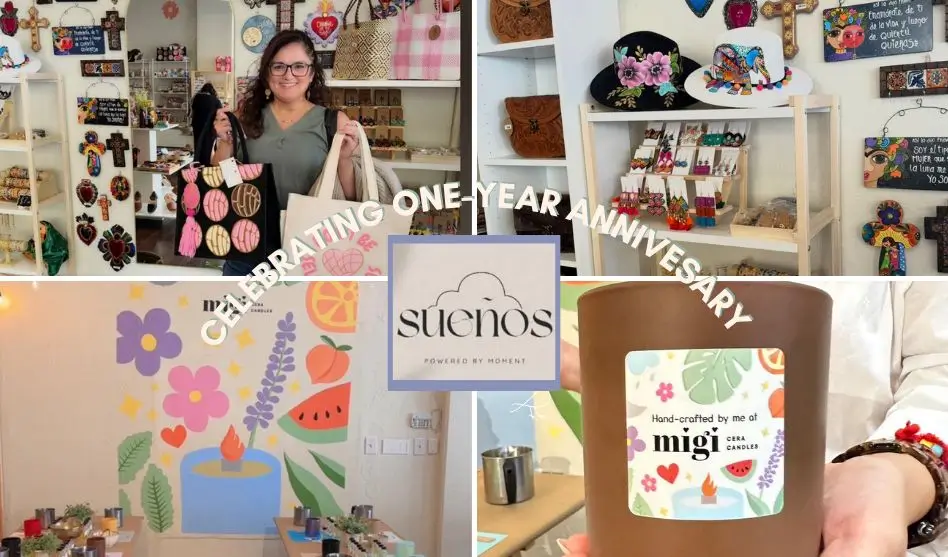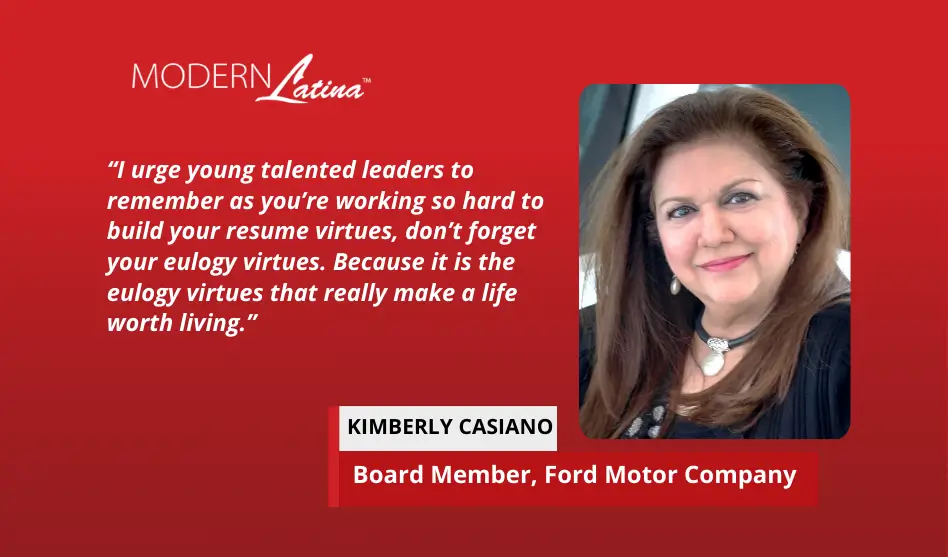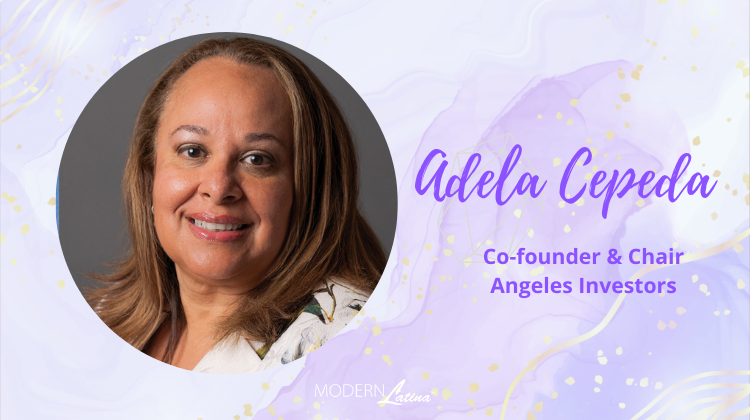“Give me anything in the Americas and I’ll try to put it into chocolate”: The one and only Latina chocolatier, Arcelia Gallardo
by Perlita R. Dicochea
Arcelia Gallardo gave a presentation (complete with chipotle-infused samples) to my environmental justice students last March about chocolate-making, her latest creations at her chocolate store in Berkeley, and what it is like to be the only woman of color chocolatier. She told my students how white-male chocolatiers have difficulty taking her seriously (particularly Europeans) and that, in her observation, whites in Berkeley appreciated her confections more than the Latina/o professionals who she initially thought would be her primary clientele.
Ms. Gallardo was as candid a few days ago when she managed to squeeze in some time to share her latest projects and plans with me during a chocolatier’s most busy season of the year.
Ms. Gallardo started Casa de Chocolates in 2005, selling her confections on-line until 2011, when she found the right investor and opened the retail space. I was surprised and delighted to learn that she sold her business a few months ago in order to focus her efforts on the production process of making cocoa from Latin American cacao beans. Arcelia Gallardo is currently doing such work with a factory in the Mission District, where her official title is Chocolate Wizard.
She explains why this is such a special moment for Latin American cacao beans and offers a much-needed social justice approach to the industry.
Q: Where are you now? Do you have a home office?
A: Yes I have a home office and for the last two months I have been working with Dandelion Chocolate in the Mission [in San Francisco]. They buy the beans and process everything there [at their factory] and make chocolates. Dandelion Chocolate processes chocolate from Belize and Venezuela—it is very high quality, organic Latin American chocolate.
Q: That is a big decision that you just made to focus on the production process aspect of chocolate making.
A: I wanted to work with farmers a lot more. It was a tough decision—I had the idea to have my own chocolate store for ten years. But I had to choose. And I realized that my passion is this aspect [processing]. I learned a lot having the store. It helped me really understand the buyer’s point of view and the retailer’s point of view and helped me understand what chocolatiers really need.
Q: How did you become a chocolate maker?
A: I was working in marketing at Le Cordon Bleu culinary school in Pasadena and I had access to a kitchen. Part of my job was to give tours and demonstrations. I found that the easiest thing to demonstrate was how to make chocolate. And I had to answer questions about the history of chocolate so I started reading up on it, on where it’s from—I didn’t even know that it was from Latin America. The more I learned the more passionate I became about chocolate. Soon I discovered I couldn’t find the kinds of flavors in chocolate that I like and so I had to do it on my own.
Q: What kind of flavors did you want?
 A: For example, dulce de leche, which at the time was rare—that was probably the easiest to work with to start. But I’m hardcore so the flavors I wanted included tequila, tamarindo, coffee and espresso from Guatemala, quinoa. Give me anything in the Americas and I’ll try to put it into chocolate.
A: For example, dulce de leche, which at the time was rare—that was probably the easiest to work with to start. But I’m hardcore so the flavors I wanted included tequila, tamarindo, coffee and espresso from Guatemala, quinoa. Give me anything in the Americas and I’ll try to put it into chocolate.
Q: What was the most challenging aspect of focusing on being a chocolatier full-time?
A: It was a challenge to venture into something that didn’t exist. What I make is an educational product because I’m making new flavors. It was also a cultural challenge. Being the first in my family to go to college, the expectation was that I become a doctor or a lawyer. I had to explain to my parents that, “No, I’m going to become an entrepreneur.” But the thinking in my family was that if you’re Latino and you have a college education, the last thing you would do is work in food. Working in the food industry is what you do if you have no other option. My family didn’t understand it and it was hard for them to accept.
Q: Has it gotten to a point that they are comfortable?
A: Once they could see it, the product, the results, they became more comfortable.
Q: When you came to visit with my students last spring you talked about being the only Latina and only woman of color chocolatier in the industry. Can you explain what that’s like?
A: If you look at the lists of best pastry chef and best chocolatier, it is very obvious that it is male-dominated and European-male dominated. It is a hurdle but [being Latina] also makes me stand out. It’s not a negative thing—it also opens doors. Yes, it is hard to compete, it is harder to put together a team partly because I don’t look like the “normal” chocolatier, but there are also advantages. For instance, I speak Spanish so farmers in Latin America are more comfortable working with me.
Q: You know the flavors—you grew up with them. Someone else would have a harder time working with the same flavors.
A: Yes, exactly. Also, [working with Latin America versus Africa] is a political issue. Europe traditionally uses bean from Africa. Many European countries colonized different parts of Africa and established plantations and had cheap labor for cocoa. And the strains that were fostered in Africa were those that gave a lot of fruit and were resistant to disease. The cacao industry died in Latin America, but because cacao was not farmed that much, the strains [in Latin America] have these amazing flavors. Over the last twenty years cacao is now being farmed in Peru, Ecuador, and Belize. [Meanwhile], it’s never a good time in Africa in terms of political unrest because that always puts cocoa in danger. And with child slavery in Africa, there is an increasing demand for beans from Latin America. So now you hear about Latin American farmers getting offers. But it’s sad because the people from Eurpoe are getting a reputation for not paying a good price. And they don’t care about the communities. I mean, you’re doing business in a region and you should invest something.
Q: What would be a good way to invest in these communities?
A: For example, Fair Trade is run out of Europe. It is set up so that all farmers take their cocoa to a broker. Before Kraft and Hershey were buying all of the cocoa from Belize but then they took off to Africa because it was cheaper. So Fair Trade came in with a board, but the board charges a fee. Some of the money was supposed to improve roads. The places where cacao is farmed in Latin America are very rural—there are swamps, mountains and these communities are poor, indigenous. Maybe they have a horse or a donkey. But they have to take their beans to a broker. A lot of them take it on their heads and drag it. What about hiring a bus service to help these farmers? Fair Trade was supposed to do these things but all the money went to the board’s salary.
Maya Mountain Cacao is a new group that I work with. They went into Belize and they pick up the beans once a month, they pay at the moment of pick-up—with fair trade they did not get paid until the product was sold—they process it and give classes to the farmers to improve planting, to show them how to diversify their farms, and how to grow and sell other things. So little-by-little the communities are improving. So then Maya Mountain was asked, “What can you do for our kids?” They only have a 4th grade education so they’re developing plans to build a school, provide electricity—they need everything.
A: What would you say is your greatest achievement?
Q: That’s hard to answer. I feel I have so much to accomplish until I’ll feel I have accomplished something…. I really want to work with many countries and I want to be able to say that I have improved the lives of community members, especially the women. Women usually dry and ferment so once the brokers took over [that part of the process], they’re trying to figure out their role. We have to keep women involved and help them find ways to generate an income. Maya wants to control the quality and they want all the beans to be dried the same way because it impacts the flavor. So Maya Mountain pays more but then removed tasks. And I really believe that if you empower women in the family, you do a lot for the entire community.
Q: What is your advice to other Latinas who want to become entrepreneurs?
A: Whatever your passion is, you can turn it into a business. Ask a lot of questions. Know your strength and follow your gut.
Q: What is your strength?
A: Trying to do what isn’t there and creating it—not waiting for it to happen. I read this quote recently that I really liked. I can’t remember it exactly but it’s something like “Some people are wishing, some dreaming, some doing.” ♦
Catch Arcelia Gallardo while you can at Dandelion Chocolate in the Mission District. You can also find her on twitter @ArceliaGallardo and facebook to learn about her latest projects and hobbies.
Perlita Dicochea earned her Ph.D. in Ethnic Studies with an affiliated discipline in Environmental Economics and Policy at U.C. Berkeley. Her current research focuses on non-profit efforts to integrate environmental justice approaches within climate change research and policy. Send Perlita comments and suggestions for future stories at perlita@cal.berkeley.edu and follow her on Twitter: @dr_perlita






